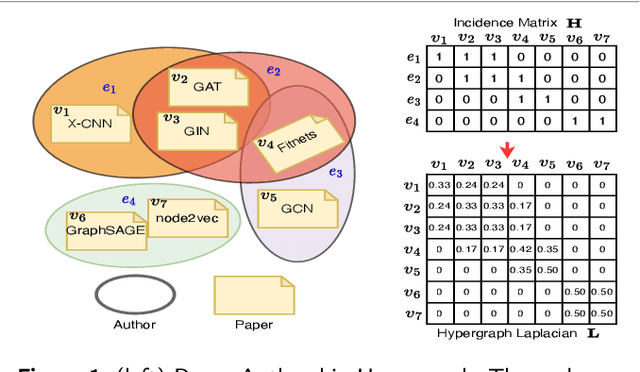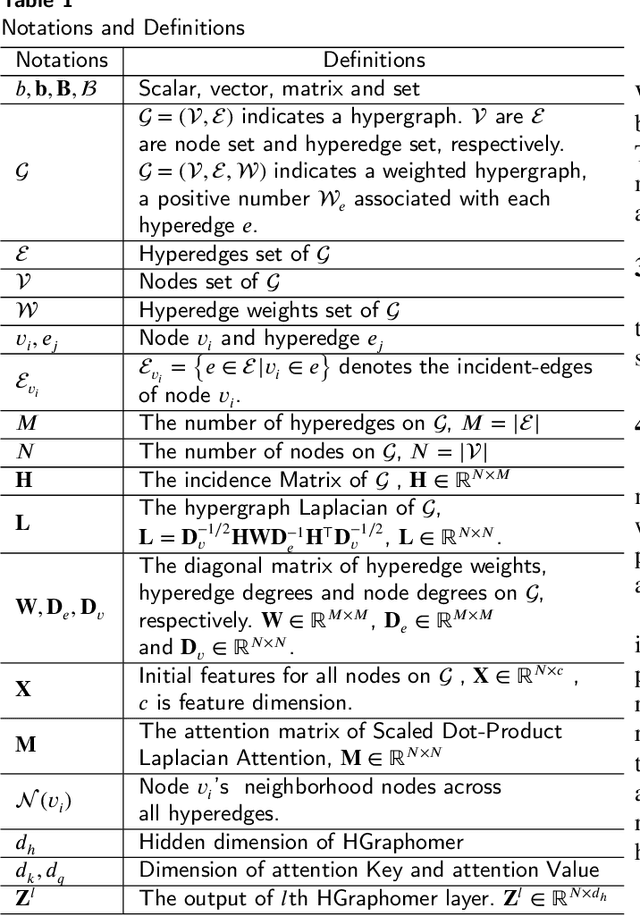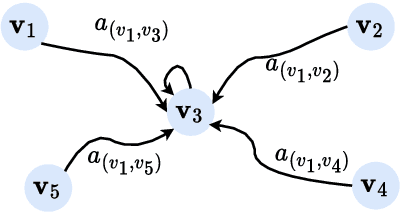Hypergraph Node Representation Learning with One-Stage Message Passing
Paper and Code
Dec 01, 2023



Hypergraphs as an expressive and general structure have attracted considerable attention from various research domains. Most existing hypergraph node representation learning techniques are based on graph neural networks, and thus adopt the two-stage message passing paradigm (i.e. node -> hyperedge -> node). This paradigm only focuses on local information propagation and does not effectively take into account global information, resulting in less optimal representations. Our theoretical analysis of representative two-stage message passing methods shows that, mathematically, they model different ways of local message passing through hyperedges, and can be unified into one-stage message passing (i.e. node -> node). However, they still only model local information. Motivated by this theoretical analysis, we propose a novel one-stage message passing paradigm to model both global and local information propagation for hypergraphs. We integrate this paradigm into HGraphormer, a Transformer-based framework for hypergraph node representation learning. HGraphormer injects the hypergraph structure information (local information) into Transformers (global information) by combining the attention matrix and hypergraph Laplacian. Extensive experiments demonstrate that HGraphormer outperforms recent hypergraph learning methods on five representative benchmark datasets on the semi-supervised hypernode classification task, setting new state-of-the-art performance, with accuracy improvements between 2.52% and 6.70%. Our code and datasets are available.
 Add to Chrome
Add to Chrome Add to Firefox
Add to Firefox Add to Edge
Add to Edge